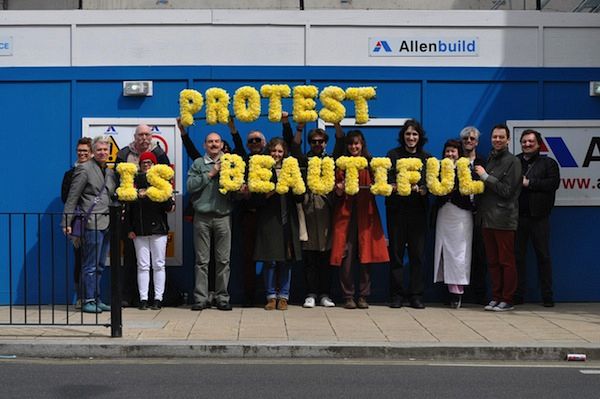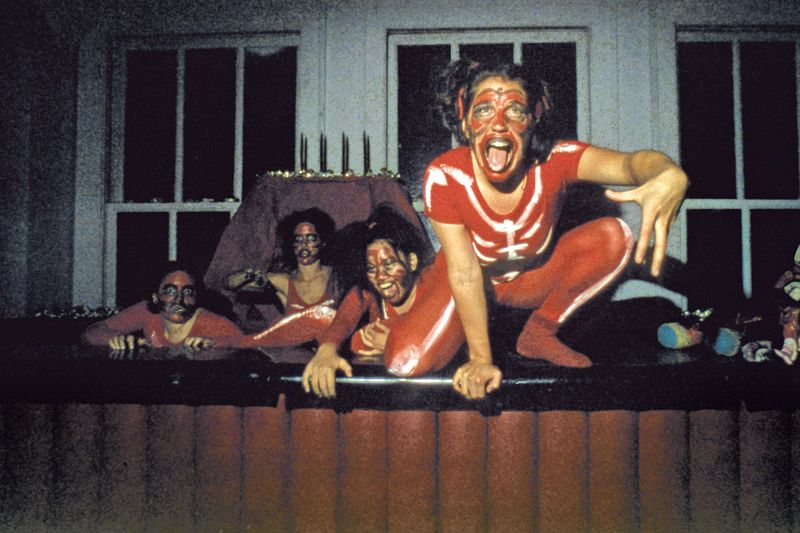Published September 27, 2013
The curator of the 13th Istanbul Biennial recounts to Domus her position in between the institution, the artists and the public after Gezi Park occupation.
by Gabi Scardi
The 13th Istanbul Biennial is one of the most important on the international art scene and opened on 12 September. Over the years, the Istanbul Biennial has appointed curators with an urban focus and an interest in the links between art and social change. This year’s case is an even stronger example than usual as, for years, Fulya Erdemci was director of SKOR, Foundation Art and Public Space, Amsterdam, and has always formulated the concept of an art that is not happy to merely portray but demands an active role, aspiring to shape the present world and that of the future – except that, this year, the reality has trumped if not art but certainly the Biennial.
The eruption of protests that began in Gezi Park shook Turkey at a time when the Biennial project had already been finalised. The marches, occupations, major demonstrations and various forms of resistance have eclipsed many artistic interventions in the field. In such a suddenly and radically changed scenario, the Biennial has been hit by controversy and had to defend itself. Many of the works express a sense of hope, courage, radicalism and critical thought but explaining these issues quickly and forcefully is an ongoing challenge for the Biennial. Certainly, with its troubled process and the hullaballoo generated, this Biennial not only reflects the complexity of the moment but has also helped highlight the stereotypes and superficiality of the debate on art and its meaning.
Gabi Scardi: Is Istanbul situation affecting your work for the Biennial? If yes, in what sense? What is your position?
Fulya Erdemci: Actually, the conceptual framework of the 13th Istanbul biennial articulates three axis: a theoretical one based on the notion of public domain as a probable political public forum, and a practical axis that takes the urban public spaces and the violent urban transformation as the praxis sites. As you know, the title of the biennial “Mom, am I barbarian?” is a quotation from a Turkish poet Lale Muldur that forms the artistic axis of the exhibition in terms of the unknown or yet to be invented languages as well as art’s and social movements’ relation with poetry. Certainly, before Gezi, we have planned to realize many projects that intervene with the urban public spaces of Istanbul including Gezi Park and Taksim square as well.
Read the full article here.







